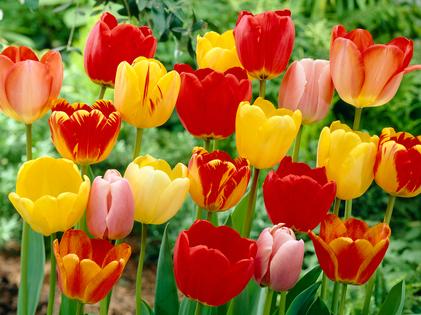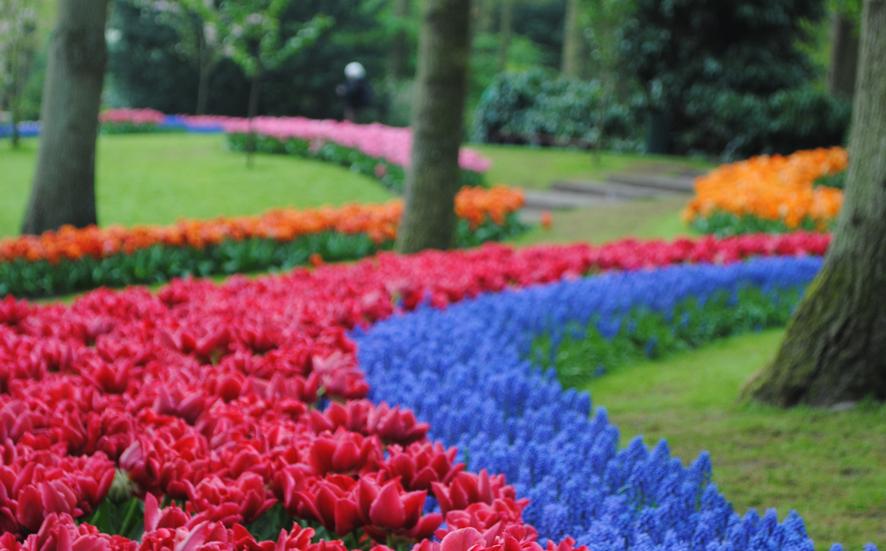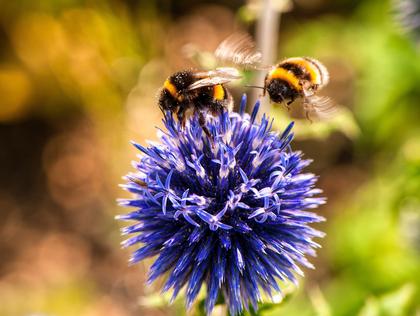
How to Avoid Common Flower Bulb Pitfalls
In this article, we discuss how to avoid the most common flower bulb pitfalls, and ensure you experience stunning blooms come Spring!

All flower bulbs hate “wet feet” - never plant in areas with poor drainage, or susceptible to standing water.
If bulbs are planted along a road or driveway, they should be located away from any plowed snow accumulation that may include road salt or other de-icing compounds harmful to bulbs.
Crop rotation is key - don’t plant the same bulb type in the same spot year after year to protect against Rhizoctonia. Our farms operate on a rolling 10 year crop rotation cycle in their own fields.
Avoid areas that do not receive at least half a day of sun.
Do not cut back foliage on perennial bulbs too early (a minimum of 6-8 weeks after blooms conclude).
Don’t plant too shallow – it’s essential that bulbs are planted at least 2.5 times their height into the soil.
Don't plant too deep - many miscellaneous / small bulbs will rot if buried too far underground.
Plant away from invasive tree and perennial root systems that can strangle bulb roots & compete for limited water and nutrition.
Plant bulbs firmly in the soil with the pointy end up and basal plate down– not all bulbs will right themselves underground (hyacinths in particular).
Hyacinth bulbs contain a substance called oxalic acid, which can be irritating to bare skin – use gloves when handling these bulbs.
Always use top size bulbs and make sure the bulbs are firm to the touch.
Got a topic you'd like to see us cover in a future article? E-mail Chris with your suggestions and we'll get to work!
Latest Posts
Latest Posts
-
August 03, 2020Chris Ruigrok
-
July 02, 2020Patricia Vecchio
-
June 05, 2020Patricia Vecchio




